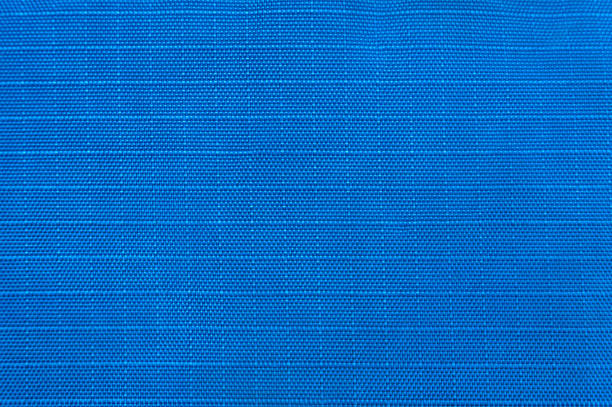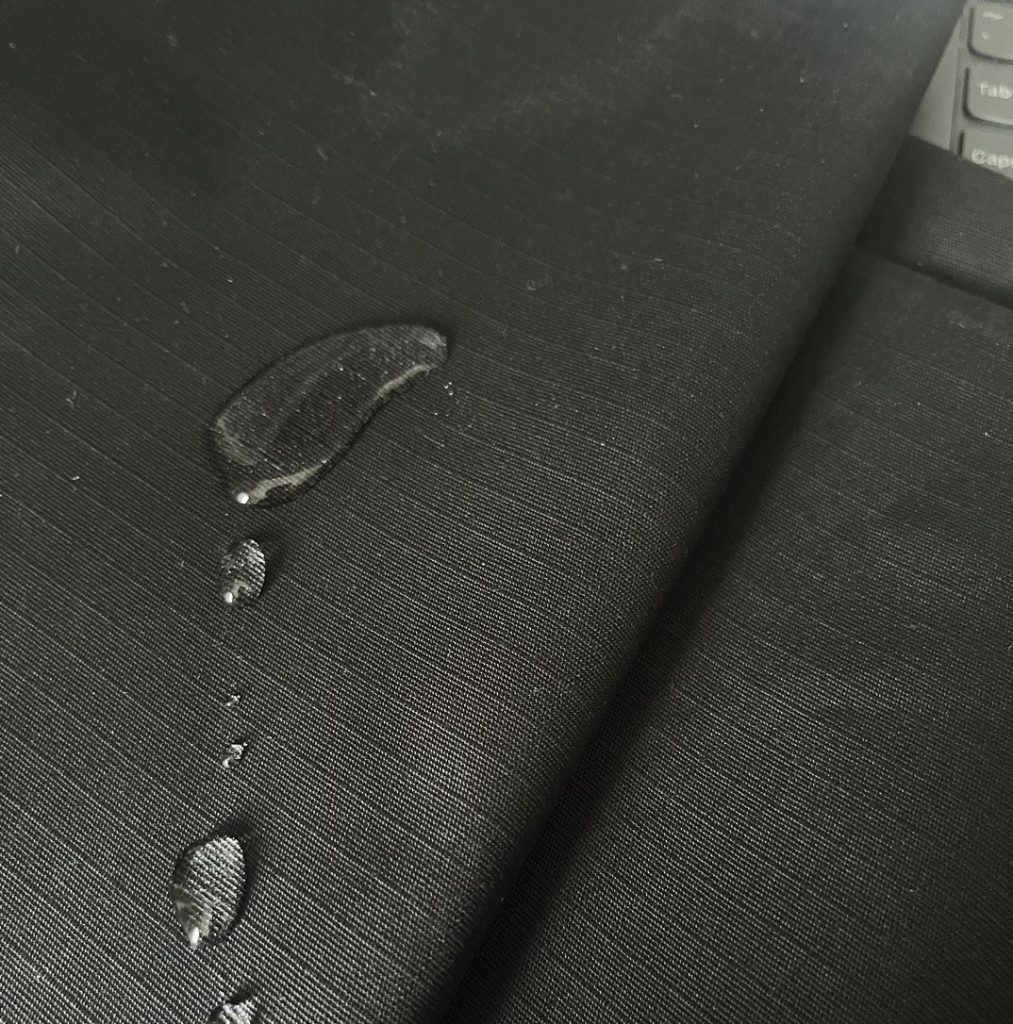Cotton Ripstop fabric is known for its durability and versatility, which makes it a popular choice in many industries, especially workwear and outdoor gear. In this article, we will discuss what makes cotton ripstop fabric unique, its properties, and its uses, specifically in workwear.
If you are looking for a fabric that is durable and reliable, especially for workwear, cotton ripstop fabric is a great choice. The unique weaving technique used to make it makes it resistant to tearing. In this article, I will discuss the features and benefits of cotton ripstop fabric and its uses.
Ripstop fabrics are made by weaving double warp and weft threads into a crosshatch pattern, which makes them resistant to tearing. Cotton Ripstop Fabric is heavier and denser than most cotton materials.
Let’s look at the features and uses of cotton ripstop fabric.
What is Cotton Ripstop?
Ripstop fabrics are made by weaving double warp and weft threads into a crosshatch pattern, which makes them resistant to tearing. This weaving technique makes the fabric lightweight and durable.
The crosshatch pattern, which you can see as little squares or rectangles in the fabric, stops the fabric from tearing further if it gets punctured. This is why ripstop fabrics are used for things that get a lot of wear and tear, like tents, sails, and outdoor clothing.
Cotton ripstop is a type of ripstop fabric that combines the softness and breathability of cotton with the strength of the ripstop weave. This makes it great for a lot of different things. The cotton fibers make it soft and comfortable. They also wick moisture, which is important if you are wearing it in different environments.
Is Cotton Ripstop Water-Resistant?
Cotton Ripstop itself is not water-resistant. The box pattern is primarily for tear resistance. However, you can add a waterproof coating to cotton ripstop when you dye it. This is called water-repellent finishing. It involves treating the fabric with chemicals that make it repel water so it doesn’t absorb moisture. This makes the fabric good for both dry and wet environments, depending on the finishing treatment.
The ability to add water-resistant properties to cotton ripstop without losing breathability is great for making outdoor and performance gear. For example, a water-resistant cotton ripstop jacket can protect you from the rain while still letting your sweat evaporate so you stay dry and comfortable.
What’s the Difference Between Cotton Twill and Ripstop?
Cotton twill and ripstop fabrics are used for different purposes because they are woven differently. Twill weaves have little diagonal lines and are usually heavier, which makes them more wind resistant and wrinkle resistant. Ripstop fabrics have a grid pattern that makes them more tear resistant without adding much weight.
Twill fabrics, like those used in denim jeans, have more threads per inch, which makes them denser and stronger. They are great for clothes that need to hold in body heat and provide a lot of protection against the wind. Ripstop fabrics, on the other hand, are lightweight and tear resistant, which makes them great for applications where you need something to be durable and lightweight, like backpacks, military uniforms, and sportswear.
Knowing the difference between these two fabrics helps you choose the right fabric for the right application. For example, you might choose twill for casual wear and fashion, but you would choose ripstop for performance and outdoor applications.
Cotton Ripstop Applications in Workwear
Cotton ripstop fabric is popular in the workwear industry because it is durable and comfortable. The tear resistance makes it great for clothing that takes a lot of abuse. Examples of workwear made from cotton ripstop include cargo pants, jackets, and overalls.
In construction, manufacturing, and other fields, people need clothing that can hold up to rough conditions. Cotton ripstop fabric provides the durability they need without sacrificing comfort. The breathability of cotton keeps people cool and comfortable, even when they’re working hard.
You can also apply water-resistant finishes to cotton ripstop fabric, which makes it great for workwear that is used in wet or unpredictable conditions. For example, water-resistant ripstop pants can keep you dry when it’s raining and still give you the flexibility and comfort you need to do physical work.
Another big application for cotton ripstop in workwear is uniforms for emergency responders and military personnel. The tear resistance of cotton ripstop fabric ensures that uniforms stay intact and functional even in challenging and dangerous environments. The grid pattern not only stops tears from spreading, but it also adds to the overall strength and life of the fabric.

Functional Finishes for Cotton Ripstop Fabric
You can apply a variety of functional finishes to cotton ripstop fabric to make it perform better for certain applications. These finishes can add properties like UV protection, water repellency, stain resistance, flame retardancy, and more. Here are some popular functional finishes for cotton ripstop:
- UV protection: In markets like Australia and New Zealand, UV protection is important because of the high levels of sun exposure. You can treat cotton ripstop to achieve a UPF 50+ rating, which gives excellent protection against harmful UV rays.
- Water repellency: As I mentioned earlier, you can apply a water-repellent finish to cotton ripstop fabric to make it suitable for wet conditions. This finish prevents the fabric from absorbing water, which keeps it dry and comfortable.
- Stain Resistance: Cotton ripstop can be treated with Teflon or other stain-resistant treatments to make it easier to clean. These treatments repel liquids and help prevent stains from setting into the fabric.
- Flame Retardancy: Cotton ripstop can be treated with flame-retardant chemicals for applications requiring enhanced safety. This finish helps slow down the spread of flames and is critical in uniforms for firefighters and industrial workers.
- Acid and Alkali Resistance: Cotton ripstop can be treated to provide resistance to acids and alkalis. This makes it suitable for use in chemical industries where exposure to harsh substances is common.
- Insect Repellency: Cotton ripstop can be treated with insect-repellent finishes for regions where insect-borne diseases are a concern. These treatments help protect the wearer from mosquito bites and other insect-related issues.
These functional finishes make cotton ripstop fabric even more versatile and applicable to a wide range of environments and uses.
Summary
In summary, cotton ripstop fabric is a great choice for anyone who needs a durable, tear-resistant material. It’s especially useful in workwear applications because it’s both strong and comfortable. Whether you’re talking about pants, jackets, or other work garments, cotton ripstop can take a beating and still be wearable.
By understanding the unique properties and benefits of cotton ripstop fabric, you can make informed decisions about how to use it in your business or personal life. The versatility and durability of this fabric ensure that it will continue to be used in industries that need high-performance materials.


